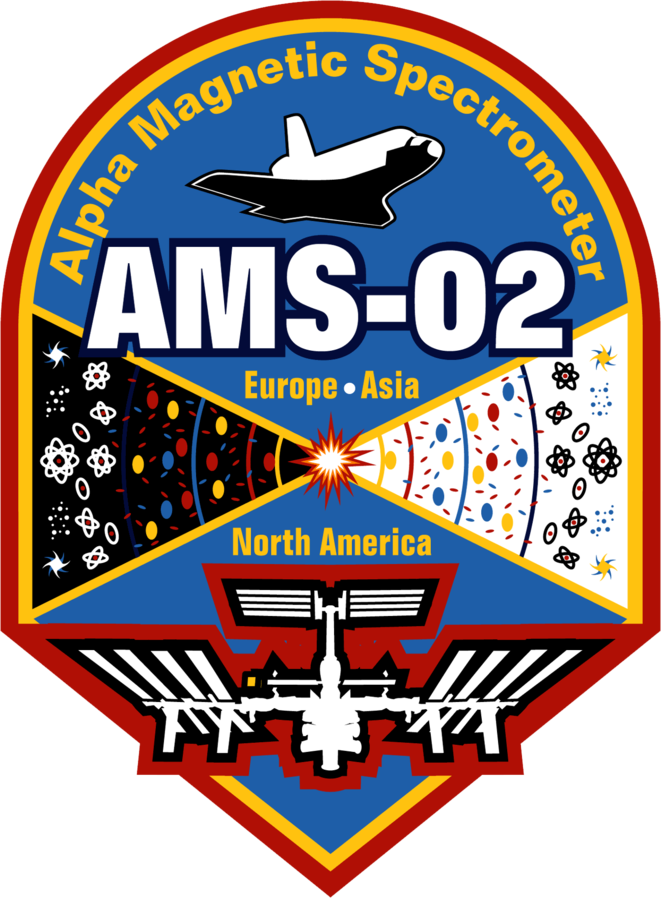Towards Understanding the Origin of Cosmic-Ray Positrons
Precision measurements of cosmic ray positrons are presented up to 1 TeV based on 1.9 million positrons collected by the Alpha Magnetic Spectrometer on the International Space Station. The positron flux exhibits complex energy dependence. Its distinctive properties are (a) a significant excess starting from $25.2 \pm 1.8$ GeV compared to the lower-energy, power-law trend, (b) a sharp dropoff above $284^{+91}_{-64}$ GeV, (c) in the entire energy range the positron flux is well described by the sum of a term associated with the positrons produced in the collision of cosmic rays, which dominates at low energies, and a new source term of positrons, which dominates at high energies, and (d) a finite energy cutoff of the source term of $E_{s}=810^{+310}_{-180}$ GeV is established with a significance of more than 4σ. These experimental data on cosmic ray positrons show that, at high energies, they predominantly originate either from dark matter annihilation or from other astrophysical sources.
Table-SI
Download the tableThe positron flux $\Phi_{e^+}$ as a function of the energy at the top of AMS. Characteristic energy $\tilde{E}$ (i.e. spectrally weighted mean energy in the bin) is given with its systematic error from the energy scale uncertainty. The number of positron events before unfolding, $N_{e^+}$, is given together with its statistical error from the fit. $\sigma_{\rm stat}$ is the statistical error. $\sigma^{\rm tmpl}_{\rm syst}$ is the systematic error from the definition of templates. $\sigma^{\rm c.c}_{\rm syst}$ is the systematic error from the charge confusion. $\sigma^{\rm eff}_{\rm syst}$ is the systematic error from the efficiency corrections. $\sigma^{\rm unf}_{\rm syst}$ is the systematic error from the unfolding. $\sigma_{\rm syst}$ is the total systematic error, which is equal to the sum of $\sigma^{\rm tmpl}_{\rm syst}$, $\sigma^{\rm c.c}_{\rm syst}$, $\sigma^{\rm eff}_{\rm syst}$ and $\sigma^{\rm unf}_{\rm syst}$ in quadrature. $\sigma^{\rm eff}_{\rm syst}$ includes the correlated systematic error on the flux normalization of 1%.
The CRDB at LPSC/IN2P3/CNRS, online since 2013, is fully described in Maurin et al. (2014, 2020)
The CRDB © SSDC is developed at the Space Science Data Center, a facility of the Italian Space Agency (ASI).
